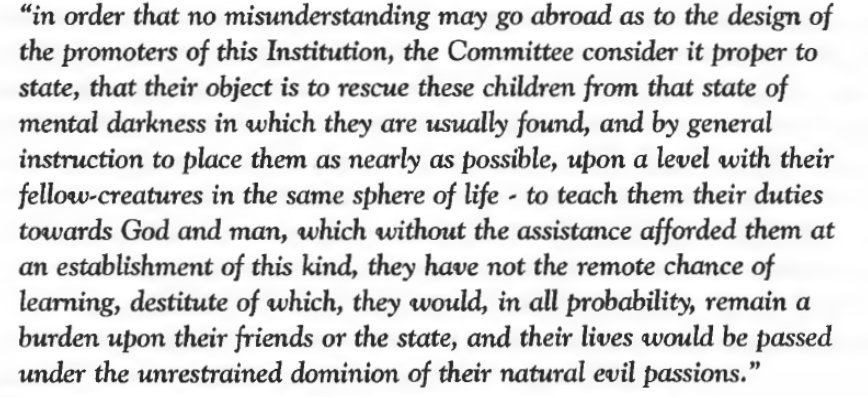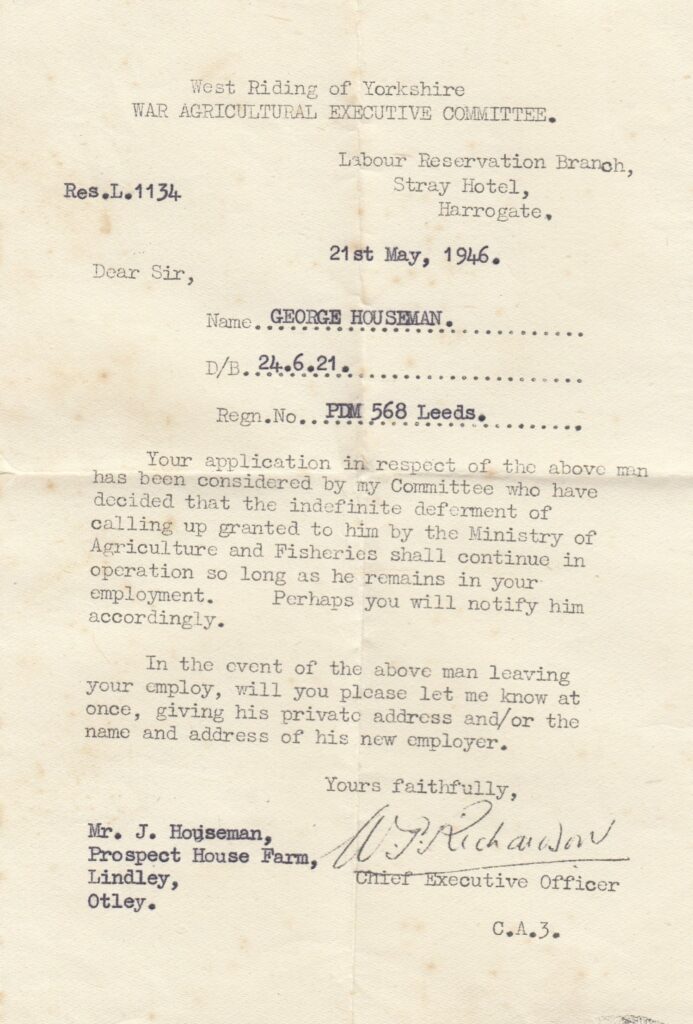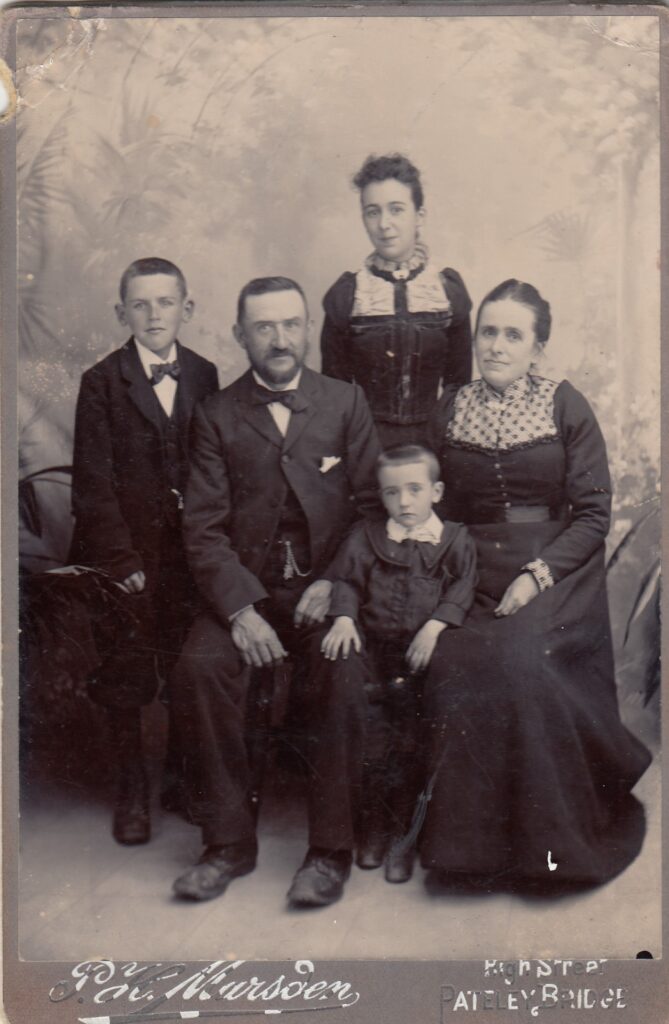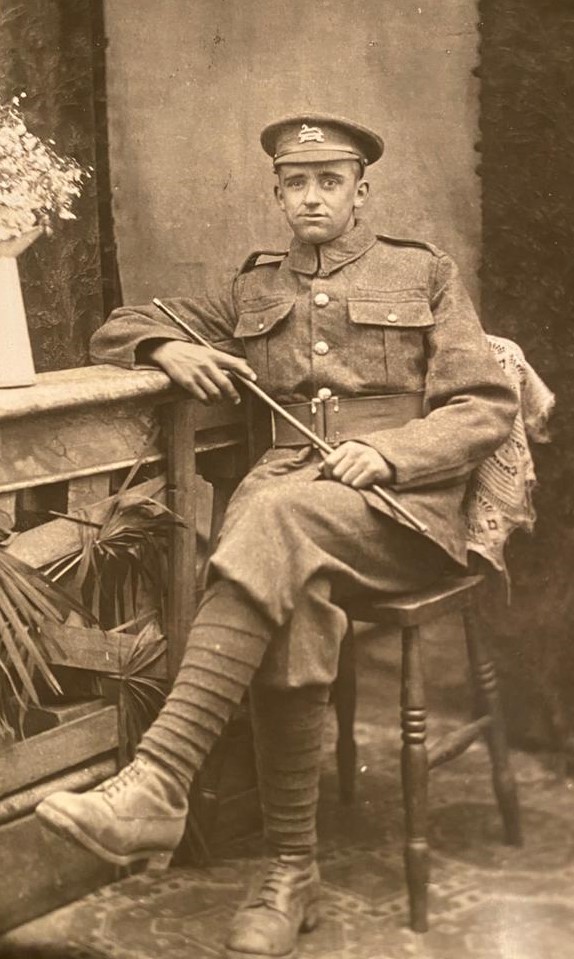“Isabella” Thomas cried out and, not for the first time, the woman laid by his side wondered whether he called, not for her, but for his first wife.
Why did so many of my male ancestors choose to marry two women with the same name? Whether it was a subconscious act, a natural affinity due to the love of a first spouse or pure coincidence it often serves to further obscure the second wife from view. It would make more sense if the name were Mary (41,397, or roughly 17%, of all girls born in 1840, had a name that started with Mary), Elizabeth (11%), Sarah (9%) or Ann (8% including Anne & Annie) but Isabella? There were only 1,881 of those.
Fortunately for me Thomas Wellock’s first wife, Isabella Ward, was one of only two brick walls amongst my great, great, great grandparents. (The other, Elizabeth Dean, was illegitimate, married far from her home town and died after only one census making her much more difficult, although ultimately possible, to trace). Continuing to search for any clue as to her parents might be, I re-checked my research against a much wider range of websites and, thanks to Wharfegen, discovered the existence of Isabella Preston, Thomas’s second wife and my great, great, great grandmother.
Our Isabella was born c. 1814 (baptised on 11 September 1814) in Stainforth, which sits within the parish of Horton in Ribblesdale, the daughter of Agnes Sidgewick & John Preston. She was christened at Horton in Ribblesdale on 11 September 1814, the youngest of at least five children – Agnes & John were 41 & 43 at the time of her birth. Agnes & John were farm servants, agricultural labourers, and survived on the slenderest of margins.
I know little about Isabella’s early life or that of her siblings. Unusually the girls are the only ones I’ve been able to trace post their initial arrival into the world. The eldest, Dorothy (born in 1798) died, aged just sixteen. The youngest, Margaret, seems to have left more of a mark. Whilst she was married & widowed prior to civil records, she was the one who registered the deaths of both parents and must have nursed both in their final days. Then, after acting as housekeeper for her brother-in-law, Isaac Garnett, she went on to help him run the Queen’s Arms in Litton, possibly taking over when Isaac died.
Thomas’s upbringing was less precarious. Born in 1810, the ninth of eleven children of Mary Windsor & Richard Wellock. His father farmed 40 acres at High Garnshaw in Linton – not wealthy by any stretch, but comfortable enough and whilst Thomas did not inherit this particularly farm tenancy his upbringing was his apprenticeship for future.
Thomas and his first wife, Isabella (Ward) were married on 2 June 1836 in Consitone. Two children quickly followed. A little too quickly in the case of Jeffrey who was born either late in 1836 or early in 1837 in Starbotton and then Helen followed in nearby Calton in late 1837/early 1838. By the time of the 1841, the couple were both living in Gargrave although not in the same property. I would guess that Thomas, as an agricultural labourer, was living on a farm and Isabella was living in the village with their two children possibly as a result of Isabella’s health, for she was to die of consumption, aged just 26 on 10 June 1842 (by which time the family appear to have moved to Arncliffe).
Whilst the villages of Conistone, Starbotton, Calton, Gargrave and Arncliffe are all broadly in the same area, they different addresses suggest that Thomas was moving around struggling to secure a stable appointment.
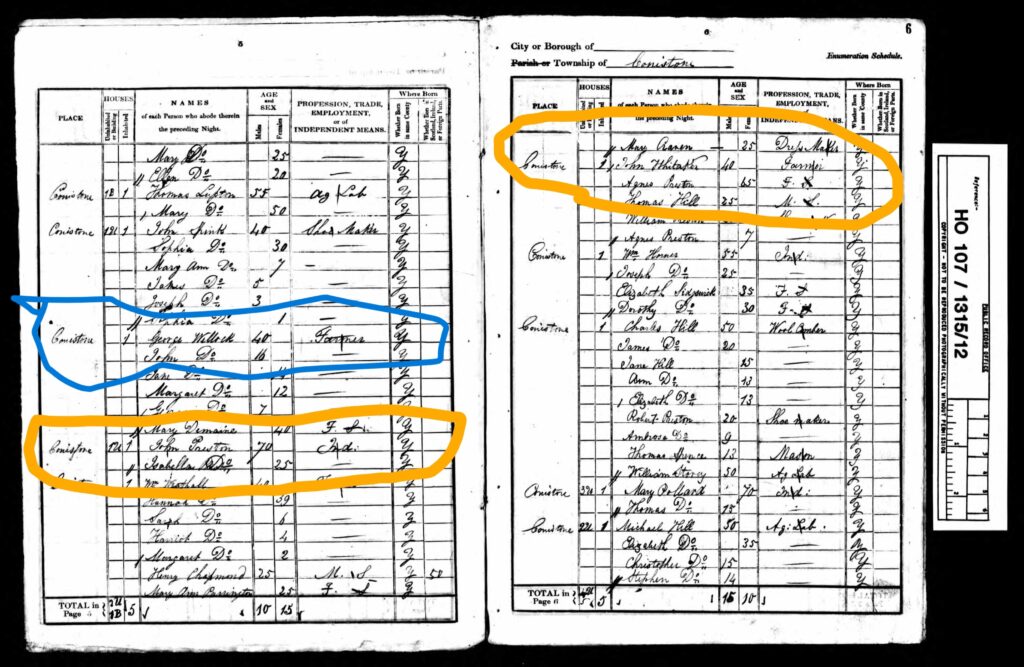
They also constitute an intriguing link to our Isabella. For in 1841, our Isabella, is living in Conistone with her father who is described as an invalid. Her mother, aged 68, was still working, living a couple of doors away. Isabella’s sister, Margaret, was living in Arncliffe which was where Isabella’s parents had started life before moving to nearby Conistone. Could the two Isabellas have been friends? Also, on the same page in the 1841 census as the Preston family was a 40-year-old farmer, George Wellock, brother to none other than our Thomas. Conceivably, Thomas could have started working in Conistone and met both Isabellas there, choosing to marry the younger first and returning for the older later. Or alternatively, Isabella and her sister may have returned to Arncliffe to live with her sister Margaret, after Isabella’s father, John, died.
For Thomas didn’t wait around and just over a year after the first Isabella died, on 25 November 1843 at St Oswald’s in Arncliffe (again) our 3xg grandparents were married. Their first child, Richard (our ancestor), was born in Halton Gill in 1844 but their second child, Agnes, (born on 10 October 1846) was baptised in Burnsall and signalled the start of a new chapter for the Wellock family.
The different birthplaces of Richard & Agnes allow us to date Thomas’s appointment as farm manager for Captain Henry Blake of Manor Farm, Rylstone to between 7 April 1844 and 10 October 1846. This was to be an important appointment. Benjamin Wellock (Thomas & Isabella’s grandson through their son, Richard) wrote the following in his family memoirs. “After his [Thomas] marriage to a woman named Isabella Preston, he continued in farm work as a married man at Rylstone, his employer being one Captain Blake, an aristocratic gentleman farmer at that time. I have a photograph of Captain Blake and my grandfather holding a cow, taken at Rylstone in 1858.” Just this month, I randomly typed Wellock into The Museum of English Rural Life’s search engine and up popped an entry “Thomas Wellock and Captain Blake at Rylstone, Skipton, Yorkshire, with letter.” Bless him, great, great Uncle Benjamin had submitted the photo for publication in the Farmers Weekly as part of a series called Country Cavalcade ensuring it’s longevity. It becomes only the second 3x great grandparent for whom I have a picture. I only wish I knew who had inherited the original.
The family most probably moved into Manor Cottage. Built in the mid-17th century, Manor Cottage is a large solid house, believed to be the original manor before Manor Farm was built. This is possibly why, in addition to Thomas & Isabella’s growing family, it was also home to several boarders including, in 1861, a young woman named Nancy Serjeanston. Nancy, deaf & dumb from birth was to continue to live with the Wellock family until her death in 1891. Two more children were to arrive whilst the family lived at Rylstone, Benjamin Preston in 1851 and David in 1853.
Rylstone was to be home for over 15 years until, in 1861, Thomas took over the lease of Toft Gate, a 150 acre farm at Greenhow Hill where Thomas & Isabella were to live out their lives.
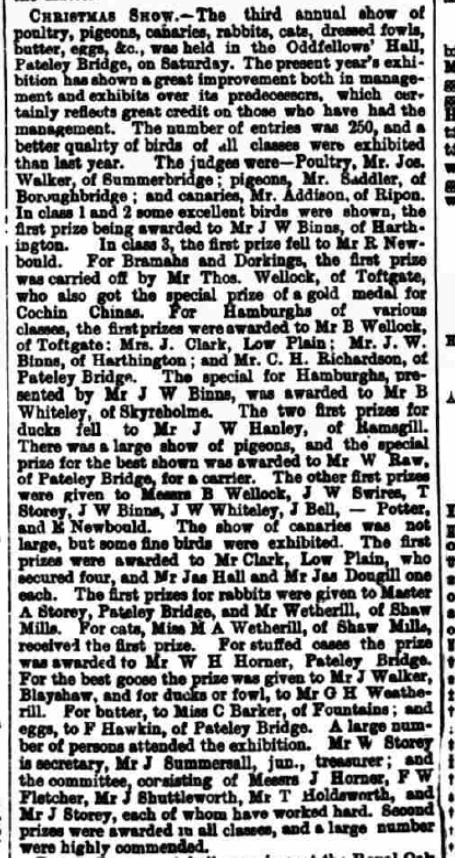
They were well respected members of the community with Thomas being elected as the Bewerley representative on the local board of Guardians of the Poor. But it was the prizes for best chickens at the local agricultural show with a special gold medal prize for Thomas’s Cochin Chinas which made me smile – rearing chickens and entering shows being a family tradition that has continued down the generations.
Their time at Toft Gate wasn’t without heartache. Thomas & Isabella’s youngest son, David, suffered from a congenital heart defect and died aged just 17 in 1871. Their grandson, Richard died, aged four, in 1872. Richard (son of Richard) had lived with his grandparents for a period of time in 1871 and the family still lived close by.
A decade later, on 3 December 1883, came the accidental death of their son, Benjamin Preston, leaving a widow and five children. Benjamin was farming with his father at the time. I feel that this tragedy may have caused Thomas & Isabella’s final declined. For just over a year later, on 28 January 1885, Thomas died, aged 75, of pneumonia. Isabella followed just over a year later on 1 May 1886, aged 72 of “senility”. They are buried together in St Mary’s churchyard, Greenhow Hill.

There is one final part to Thomas & Isabella’s story which the couple could not have known at the time they died and that is one of emigration. At least six of their shared grandchildren and one of their great-grandchildren were to emigrate (mainly to Canada but one went to Australia and one to the US). This in turn became part of the reason I was so interested in family history and ultimately led to this blog being written!
Isabella & Thomas are my 3xg grandparents through their son, Richard, father of Mary, mother of Grandpy. With much gratitude to this couple, for somehow instilling a sense of adventure in their children, to Benjamin Wellock for ensuring Thomas’s photo was published in the farmers weekly back in 1952 thus ensuring its survival and to the Rylstone History Project for their wonderful mapping of the buildings (and inhabitants) of Rylstone.


